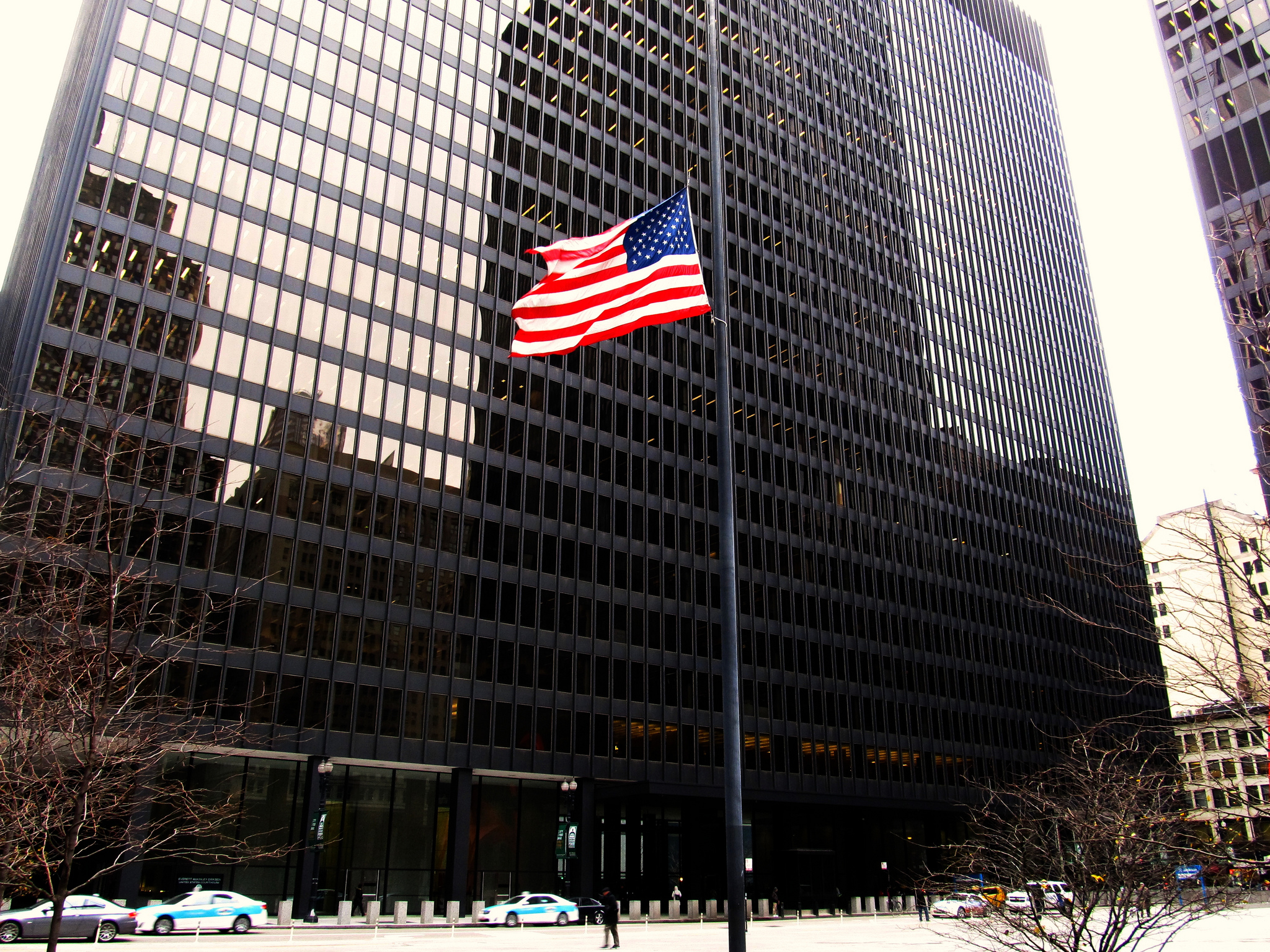 By Nancy Marder [via Chicago Daily Law Bulletin, Volume 156, Issue 168 (Aug. 27, 2010)]
By Nancy Marder [via Chicago Daily Law Bulletin, Volume 156, Issue 168 (Aug. 27, 2010)]
Aug. 26, 2010, marks the 90th anniversary of the certification of the 19th Amendment to the Constitution, which gave women in the United States the right to vote. The 19th Amendment delivered on its promise of suffrage, but did not deliver on one of the other badges of citizenship — jury service.
It has taken about 90 years for us to reach the point where women are permitted to serve as jurors in federal and state courts, where official and unofficial practices no longer keep women from actually serving as jurors, and where society’s expectations are that both men and women will serve as jurors.
As a sign that the aspirations of the suffragettes are finally being met, consider the trial of former governor Rod R. Blagojevich and his brother, Robert. The jury consisted of six men and six women. The equal number of men and women was neither commented upon nor criticized; rather, it was simply accepted.
Today, there is an expectation that a jury should be widely drawn from the community and should reflect the community as much as possible. How did we reach this point? The route was neither direct nor speedy, and it is important to recall the milestones so as to assess what needs to be done going forward.
The suffragettes thought that once women secured the right to vote, they would acquire the other responsibilities of citizenship, including the right to serve on a jury. But many state courts interpreted the right to vote narrowly.
Some states, such as New Jersey and New York, decided that the 19th Amendment had no effect on women’s right to serve as jurors and that the common-law restriction against women still held. Illinois and Idaho, decided that women could serve as jurors if the state legislature enacted legislation to that effect.
Only a few states, such as Massachusetts, concluded that the right to vote automatically included the right to serve as a juror. Thus, each state followed its own path, and federal courts simply adhered to the practice of the state they were in until the passage of the Civil Rights Act of 1957.
Those who opposed women on juries offered several arguments. They pointed to women’s traditional role in the home. If women had to leave their home to serve on a jury, who would look after their husband and children?
Women were supposed to serve as the moral compass of the family and guide their children’s moral development. If women were exposed to the seedier side of life during jury duty, they would be unfit to offer moral guidance. Some opponents also worried that women would simply vote as their husbands instructed. Finally, opponents raised a practical consideration: Where would women sleep if the jury were sequestered?
Those who favored women as jurors countered that jury service would teach women about the legal system and educate them to be better citizens. They argued that women already spent time away from the home and that jury duty was a worthwhile activity that justified their temporary absence. Proponents also argued that women would bring their perspective and experience to deliberations and their contributions would lead to a more thoughtful deliberation.
Later, when states did not explicitly preclude women from serving as jurors, they relied on other practices, such as affirmative registration, that limited the number of women on juries. In Florida, for example, women had to register affirmatively if they wanted to be called for jury duty. Men were not required to take this extra step. The result was that few women served as jurors in Florida.
Gwendolyn Hoyt, who had been convicted of second-degree murder of her husband by an all-male jury, claimed that Florida’s practice of affirmative registration violated her right to due process.
The Supreme Court rejected her argument. The court held in Hoyt v. Florida (1961) that affirmative registration did not systematically exclude women from the venire, but simply recognized women’s traditional role in the family.
It took another 14 years before the Supreme Court re-examined affirmative registration. In Taylor v. Louisiana (1975), Billy Taylor argued that Louisiana’s practice of affirmative registration meant that he was tried by a jury that included no women on the venire, even though they constituted 53 percent of eligible jurors in his parish.
Taylor claimed that he was denied his Sixth Amendment right to a jury drawn from a fair cross-section of the community. The Supreme Court agreed. Justice Byron White, writing for the court, wrote that the jury could not fulfill its fundamental role — as a bulwark “against exercise of arbitrary power” — if any distinctive group, such as women, could be systematically excluded from the venire. He also noted that women had entered the workplace and their exclusion from the jury could no longer be premised on their role at home.
Even when there was no longer affirmative registration, lawyers could exercise peremptory challenges to keep women from serving on juries.
In Batson v. Kentucky, the Supreme Court held in 1986 that a defendant could challenge the prosecutor’s use of race-based peremptories by establishing a prima facie case of discrimination.
Eventually, the court expanded the reach of Batson to include peremptories based on race and ethnicity, whether exercised by defendant, prosecutor or civil litigant.
In 1994, in J.E.B. v. Alabama ex rel. T.B., the court held that peremptories based on gender violate the equal protection clause of the 14th Amendment. Although it is unclear whether the Batson framework is adequate to the task, at least the court stated that discriminatory peremptories, including those exercised against women, are impermissible.
Now that women can and do serve on juries, we must not lose sight of the struggle that it took for women to reach the jury room and the need to ensure that the jury remains a vital institution.
If nothing else, the recent Blagojevich trial should remind us that there are jurors who serve diligently, deliberate respectfully and render a verdict consistent with their oath. This 90th anniversary should remind us that the right to serve on a jury did not come easily and that all of us — men and women — should heed the summons when it arrives and perform the role of juror to the best of our ability.



Leave a Reply